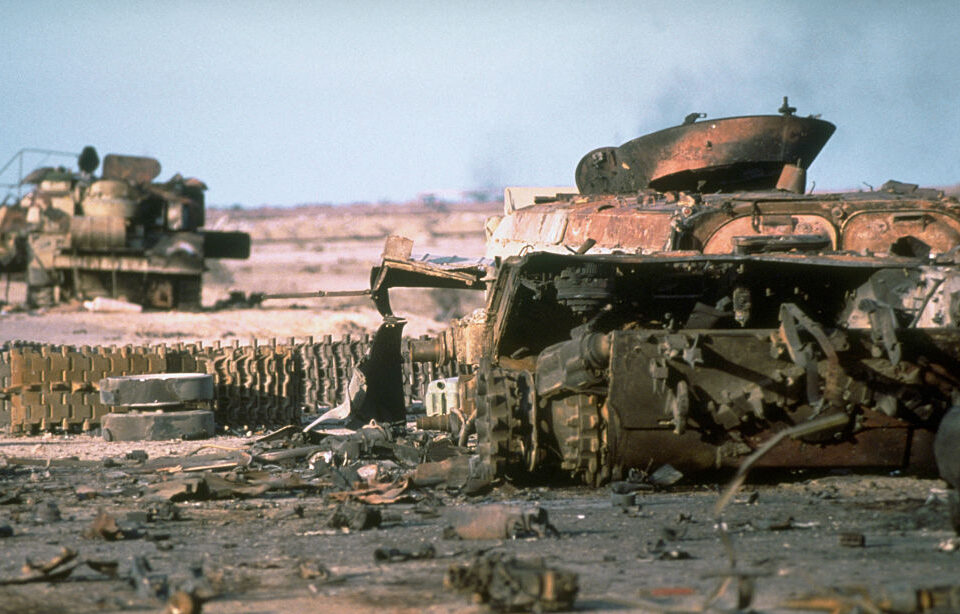During the early 1990s, a notable shift occurred in military strategy, evident in the emphasis on air superiority during the Gulf War. The era characterized by tank dominance was in decline, leading to a reduced focus on their prominence and deployment. Nevertheless, this transition didn’t mark the end of their importance.
In February 1991, during the Battle of Kuwait International Airport, armored vehicles saw a resurgence in what became known as the “biggest and fastest” tank engagement in the history of the US Marine Corps.
Iraq invades Kuwait
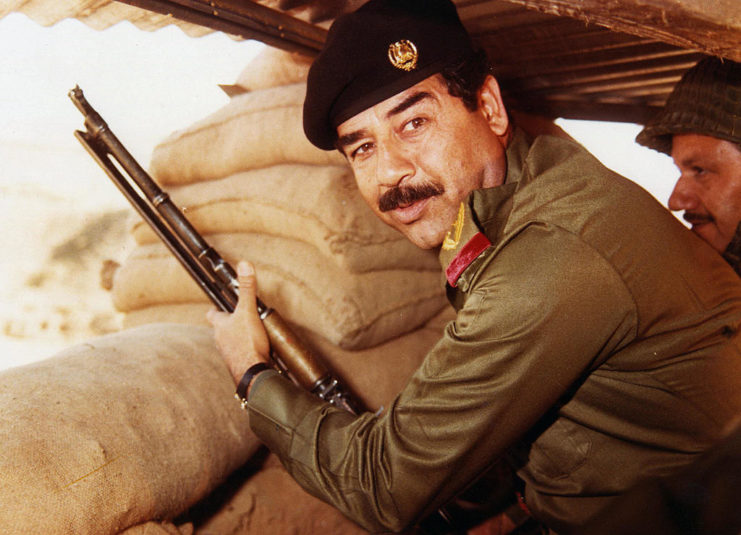
In August 1990, Iraq invaded Kuwait. The primary driver was the staggering debt the former had accumulated during the Iran-Iraq War. Official figures indicated that Iraq owed Kuwait approximately $14 billion USD, money that was used to finance its conflict with Iran. Iraqi President Saddam Hussein also justified the invasion by claiming Kuwait was siphoning oil from the oil field along the Iraq-Kuwait border.
The invasion unfolded with remarkable swiftness, with the Iraqi forces seizing control within just two days. The UN promptly condemned Iraq’s actions, imposing economic sanctions. US President George H.W. Bush organized a coalition in support of Kuwait, which included the United Kingdom, Egypt and several other nations.
Saudi Arabia also bore a significant portion of the war expenses.
Operation Desert Storm
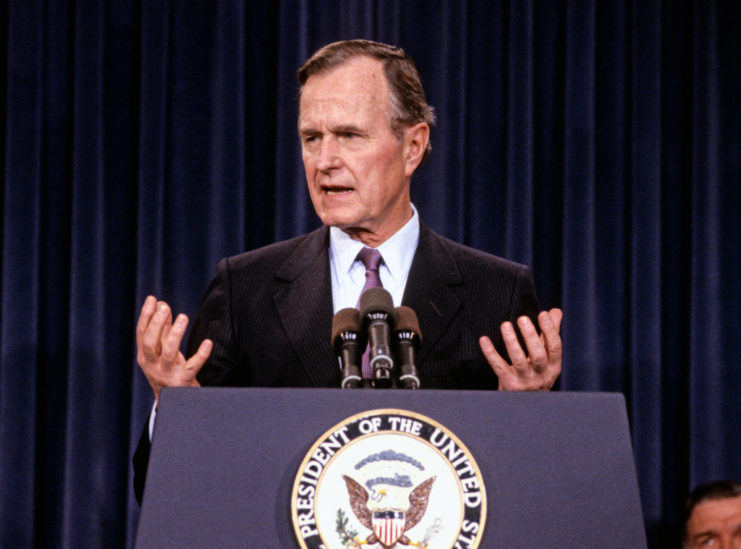
At the outset, the coalition’s mission unfolded in the skies. From January 17 to February 23, 1991, the US, UK, Canada, France, Saudi Arabia and Italy conducted bombing campaigns over Kuwait and Iraq, ultimately achieving success. After the culmination of the air campaign, attention shifted to ground operations in Kuwait.
Kuwait International Airport held significant strategic importance during the conflict. Initially seized by the Iraqis during their invasion, the US-led coalition was determined to reclaim control. As the conflict transitioned to ground warfare, the location became a focal point for battle.
The Battle of Kuwait International Airport featured many participants
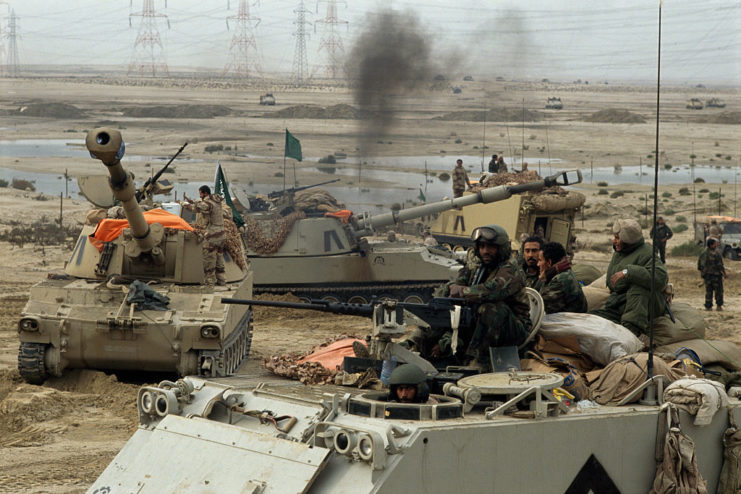
The Battle of Kuwait International Airport occurred on February 27, 1991, and it’s famed for the sheer number of servicemen who participated. The US Marine Corps was represented by the 1st and 2nd Marine Divisions, and the 4th Tank Battalion and the 4th Marine Division also took part.
The US Army was represented by the 2nd Armored Division’s Tiger Brigade, the 41st Infantry’s Straight and Stalwart Battalion Task Force and the 1-3 Field Artillery Battalion. The Special Forces, also known as the Green Berets, also took part, clearing the airport of enemy snipers and resistance fighters.
The Iraqis also had a number of troops involved in the fight. They were represented by the 3rd Armored Divison, the 449th Field Artillery Brigade, the 1st and 5th Mechanized Division, and the 6th, 7th, 8th, 11th, 14th, 15th, 18th, 19th, 29th, 36th and 42nd Infantry Divisions. A number of Commando units were also involved.
The battle was fast and furious
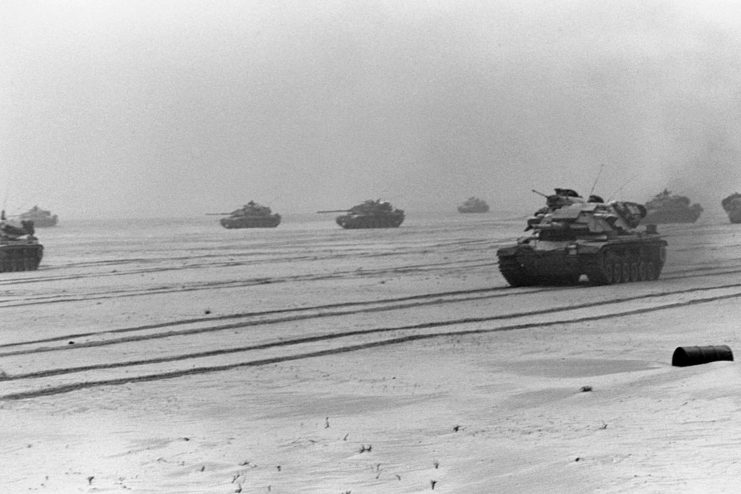
Today, the “Reveille Engagement,” a crucial part of the Battle of Kuwait International Airport, stands as the US Marine Corps’ most extensive tank battle in history. Despite significant troop deployments on both sides, the engagement unfolded swiftly.
While the conflict ultimately concluded at Kuwait International Airport, its origins trace back to the journey toward the airstrip. The 1st Marine Division breached the Iraqi defensive line, devastating over 250 T-55 and T-62 tanks, along with 70 Soviet T-72s operated by the Iraqi 3rd Armored Division. Concurrently, the 2nd Marine Division dispersed Iraqi forces by engaging them from the opposite flank, securing additional tanks, armored personnel carriers (APCs) and trucks.
The outcome of the battle was a victory for the UN forces. The US incurred 19 casualties, with 11 tanks damaged or destroyed. In contrast, the Iraqi forces suffered hundreds of casualties, with thousands of soldiers taken prisoner, and hundreds of their tanks left in ruins.
The aftermath of the Battle of Kuwait International Airport
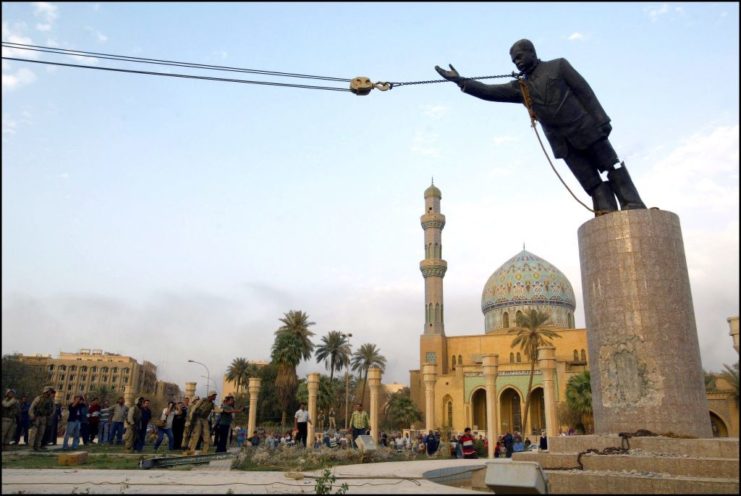
Similar to the swift conclusion of the Battle of Kuwait International Airport, the Gulf War concluded rapidly. Merely a day following the engagement, the coalition emerged victorious, driving the Iraqis out of Kuwait.
However, the war’s repercussions were enduring. During their retreat, the Iraqis ignited numerous oil wells, causing months-long infernos and resulting in the loss of six million barrels of oil daily. These fires exacerbated environmental pollution significantly. Preceding the conflict’s end, the UN Security Council enacted Resolution 661, imposing severe sanctions on Iraq. Throughout its 12-year enforcement, many ordinary Iraqis grappled with hyperinflation and malnutrition.
Want War History Online‘s content sent directly to your inbox? Sign up for our newsletter here!
Notably, tensions between Saddam Hussein and the US remained high. They were relieved in 2006, when the former was tried and executed.
